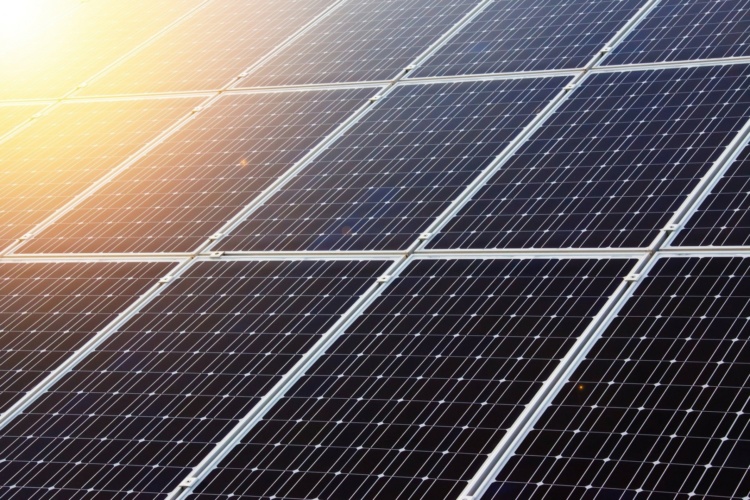Manchester duo give perovskite cells double boost
Two researchers at Manchester University have made a discovery that makes perovskite solar cells more environmentally friendly while also improving efficiency.

Perovskite cells are generally less efficient than their traditional silicon counterparts, but the gap has been closing in recent years. In relative terms, perovskite cells are easier to manufacture and can be mass-produced via roll-to-roll processing, with the finished product more versatile than silicon cells and suitable for use on windows and contoured roofs.
Herbicide added to organic solar cells to boost efficiency
These factors have all contributed to strong commercial interest in perovskite cells in recent years. However, one major drawback is the technology’s reliance on lead, an environmental toxin with the potential to leak if the cells are damaged. Inspired by nature, Professor Brian Saunders and Dr David Lewis at Manchester University devised a way to eliminate the lead release from broken perovskite cells using a mineral called hydroxyapatite, which is a major constituent of human bone.
“Up until now, the substantial lead component in perovskite solar cells has been a potential environmental concern,” said Saunders, Professor of Polymer and Colloid Chemistry at Manchester’s School of Materials.
Register now to continue reading
Thanks for visiting The Engineer. You’ve now reached your monthly limit of news stories. Register for free to unlock unlimited access to all of our news coverage, as well as premium content including opinion, in-depth features and special reports.
Benefits of registering
-
In-depth insights and coverage of key emerging trends
-
Unrestricted access to special reports throughout the year
-
Daily technology news delivered straight to your inbox










UK not prepared for climate impacts, says CCC
Perhaps a Longtitude prize to solve railway line problems. "extreme heat causing further disruption through rail buckling and power line...